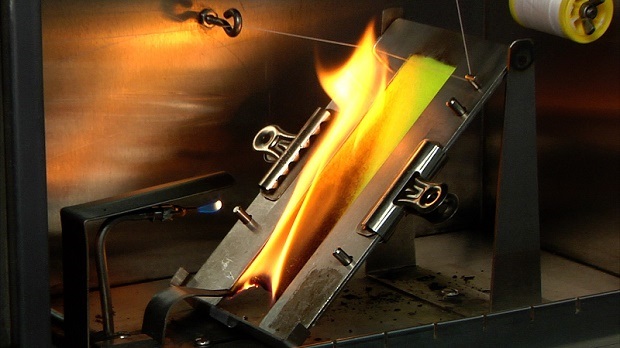- Qinsun Instruments Co., Ltd.
- Tell:+86-21-6780 0179
- Phone:+86-17740808215
- Address:No. 2578 Minhang District Gu Dai Road, Shanghai
- Contact:Mr. Li
- QQ:846490659
Textile Materials 45 Degree Flammability Tester Performance Evaluation

The performance evaluation of 45 degree flammability tester for textile materials needs to consider the following key aspects:
1. flammability test standard compliance: assess whether the tester complies with relevant standards, such as ISO 6940, ISO 6941, ASTM D1230, etc., to ensure the comparability and reliability of test results.
2. Ignition performance: Evaluate the ignition performance of the tester, including ignition success rate, ignition time, flame shape and size, etc.. Ensure that the ignition process can accurately simulate real fire conditions.

3. Burning Time and Burning Length Measurement: Evaluate the accuracy and stability of the tester's burning time and burning length measurements. This is one of the key indicators for evaluating the burning performance of materials.
4. Temperature Control and Sensor Accuracy: Evaluate the accuracy of the tester's temperature control and temperature sensor. Ensure that the temperature during the testing process can be stably controlled at 45 degrees and track the temperature changes during the combustion process.
5. Data Acquisition and Analysis Functions: Evaluate the tester's data acquisition and analysis functions, including data logging, real-time monitoring, and results analysis. An advanced tester should be able to provide clear, detailed and reliable test data.
6. Safety Performance: Evaluate the safety performance of the tester, including mechanical safety, electrical safety and operator safety. The tester should be equipped with safety features such as emergency stop button and automatic flame failure device to ensure the safety of operation.
When evaluating the performance of the 45 degree flammability tester for textile materials, it is recommended to refer to the requirements of relevant standards and communicate with suppliers/manufacturers to understand the performance parameters and technical specifications of their products. At the same time, you can refer to the evaluation and feedback from other users to get a more comprehensive performance evaluation to ensure that you choose a stable, accurate and reliable testing instrument.





